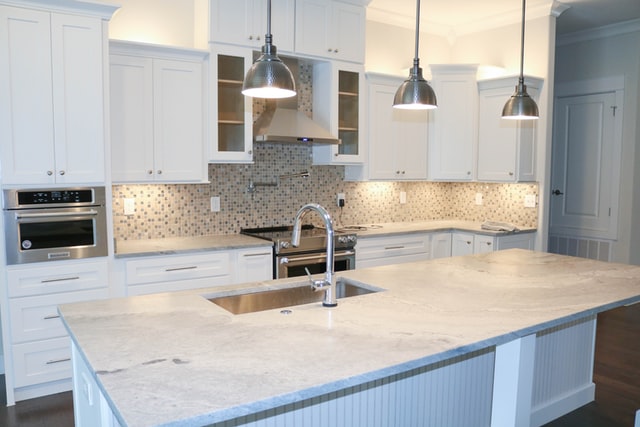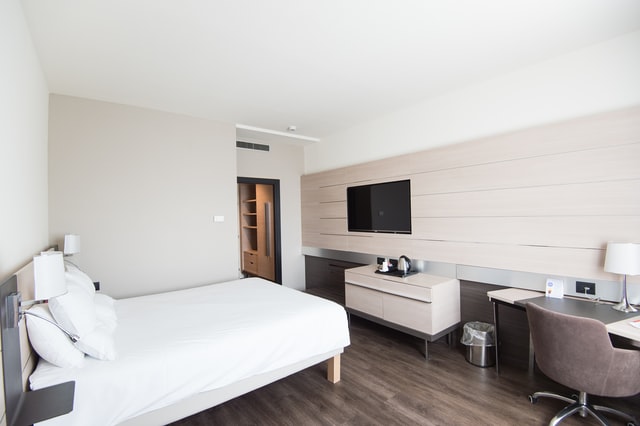Framed vs. Frameless Cabinets: The Best Kitchen Cabinet for You
Choosing a theme for your kitchen the first time or revamping an old one sparks a genuine excitement. But then, it’s followed by stress when you realize that there are so many things you’ll have to consider to achieve the theme you are eyeing. You start to overthink, “What color should I pick? What materials should I choose? And more importantly, what cabinet would I want?”
Knowing that cabinetry makes up the most of your kitchen interiors, choosing cabinets can be a little daunting. But fret not; once you identify what drawer type-framed or frameless- would suit you best, it’ll be a lot less stressful down the road.
So what exactly is framed, and what is a frameless cabinet? How are they different? Which one is better? Hold your horses because that’s what we are here for, to answer your burning cabinetry questions.
Importance of Cabinetries
You may not realize it, but you often start your day in the kitchen. It’s where you grab a coffee to set your day right. Most times, it’s where you end the day by preparing a lovely meal your entire family will enjoy. Kitchens are indeed the heart of every home.
Knowing how much time and memory you’ll get to spend in your kitchen, it’s important to set every element right, especially cabinetry. Kitchen cabinets not only bring everything together but opens you to more pleasant benefits, such as:
- More organized pantry
- Keep dangerous utensils away from pets and kids
- Cleaner countertops and tables
- Keep staples from pests
- Aesthetically pleasing home
So don’t hurriedly buy anything without considering which items and materials are fit for your remodeling goals.
What is Framed Cabinetry
These cabinets are considered traditional styles. It was how Americans manufactured cabinetries, so don’t be surprised if you hear some refer to it as “American style.”
As the name implies, framed cabinetry has a face frame on its box. It’s made out of solid woods, typically 3/4″ thick and 1-1/2″ wide. Your cabinet door is directly attached to the frame, where the hinges are also mounted. You could say that face frames serve as the cabinet skeleton, and their purpose is to make the box sturdier.
Pros:
- Durable Built– due to the additional support and strength the face frames offer, you can expect these cabinets to be less susceptible to sagging and damages.
- Customizable – you can further amplify framed cabinet styles through inlay doors and even hang them on uneven walls.
- Less Expensive – it is comparably cheaper than the frameless cabinet type. And since it has a sturdy build, it accumulates minimal damage over time, keeping you from additional costs in the future.
- Flexible Installation– it does not take that much time and effort to mount a framed drawer into your pantry.
Cons:
- Small Storage Capacity– face frame is the strongest suit of framed style, but it’s also its downfall. Due to the area the frame consumes, you’ll end up having less storage space.
- Adding Roll-out Shelves is Tricky– installing roll-out shelves is a great accent for your box but a little challenging with the face frames.
What is Frameless Cabinetry
Frameless cabinetry obviously does not have face frames. The doors and drawers are mounted directly on the edges of the cabinet box. And the hinges are fastened on the sides of the cabinet walls.
They are often referred to as “European style” and sometimes termed as modern cabinets.
Pros:
- Ample Storage Allocation– its storage is about 10% more spacious because of the absence of face frames. If you have lots of stuff, this one is a real winner.
- Sleek and Stylish– the gaps of your drawer and doors look complementary. It gives you a neat modern and contemporary vibe.
- Highly Customizable– you can customize them after installation, like mounting roll-out shelves and other exciting accents.
- Made with Thick Materials– since it does not have the added strength of a face frame, it’s safe to expect they’re made with thicker materials.
Cons:
- Few Material Choices– unlike framed pieces, this cabinetry offers fewer material varieties.
- Expensive – due to its need for thicker and more materials, it costs way higher.
- Not Suitable on Uneven Walls – installation on uneven walls may cause it to warp; you don’t want that.
Additional Considerations
Aside from choosing a preference between the two types of cabinets, don’t forget to consider additional cabinetry aspects that’ll ensure a higher overall value.
Materials
Although your budget may directly determine the materials you can choose from, you mustn’t settle for subpar materials. Try to find materials that are high-quality and durable; yet will still fit the theme and requirement you have in mind.
Space
Choose a piece that is directly proportional to the entire size of your kitchen. You can measure up the allowable space before picking anything, that way you have a narrowed selection that is more suitable and beneficial for you.
Supplier
Finding the cabinets that meet your personal needs and expectations is easier if you pick a reliable kitchen cabinetries manufacturer. Make sure you buy cabinetries from trusted suppliers to get your money’s worth.
Framed vs. Frameless Cabinets: Choosing the Best for You
Now that you know the assets and flaws of each cabinet type, you can make an informed decision based entirely on your kitchen needs.
Framed cabinets will look gorgeous if you are going for traditional and classic themes. It’s versatile and allows you to mix and match using decorative hinges and door choices. As long as the room can accommodate huge cabinetries space, and m0re importantly, you are fine with its lesser storage capacity, it’s perfect for you.
But if you have smaller pantry space, you may want to consider frameless cabinets. It has a bigger drawer and cabinet space. Plus, if you’re not crazy over middle stiles, these styles won’t have those. Not to mention, it’s trendy and minimalistic, making your kitchen look way more organized. In conclusion, if the goal is making the most out of small kitchen space, frameless designs would do you a favor.


